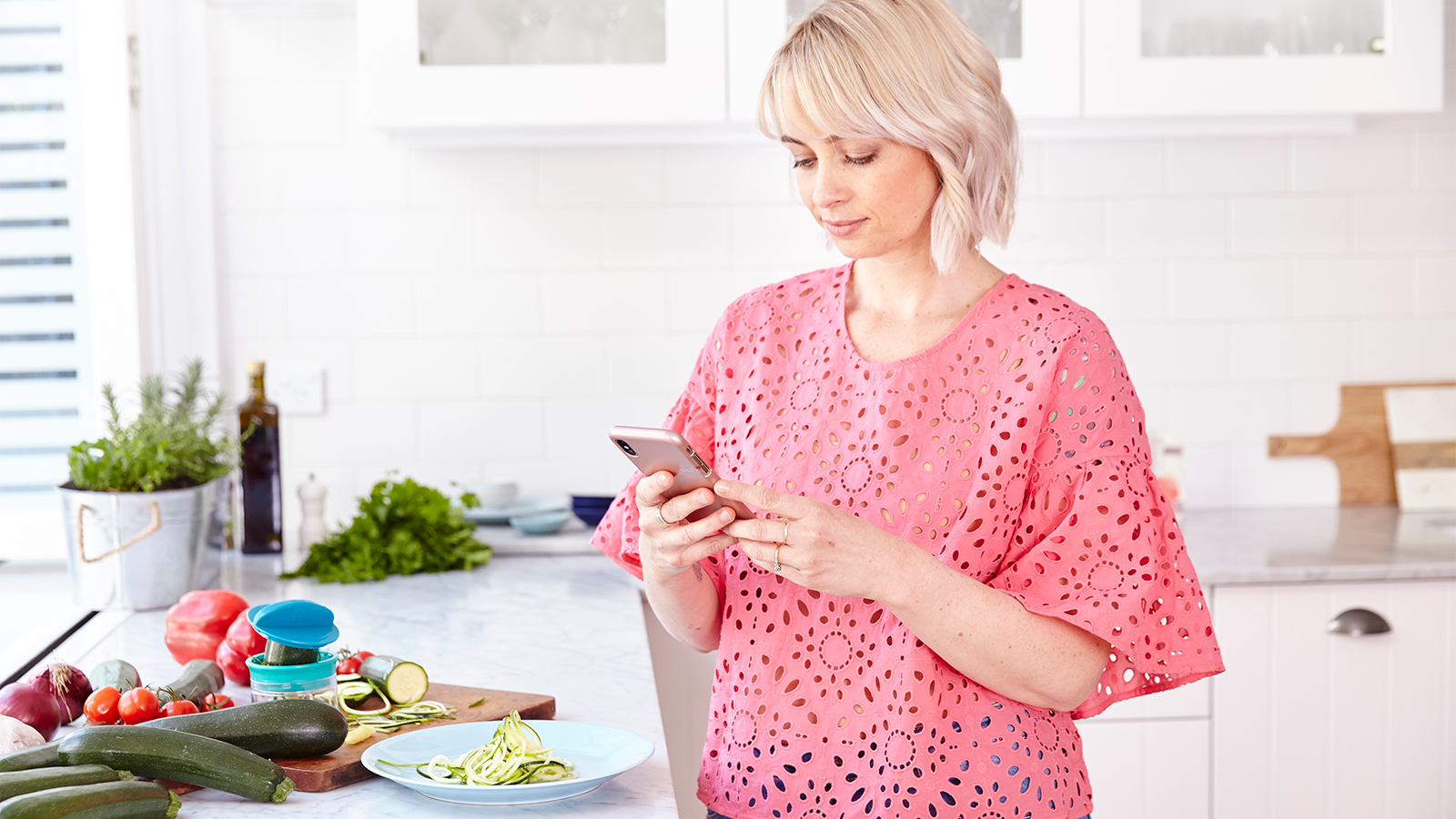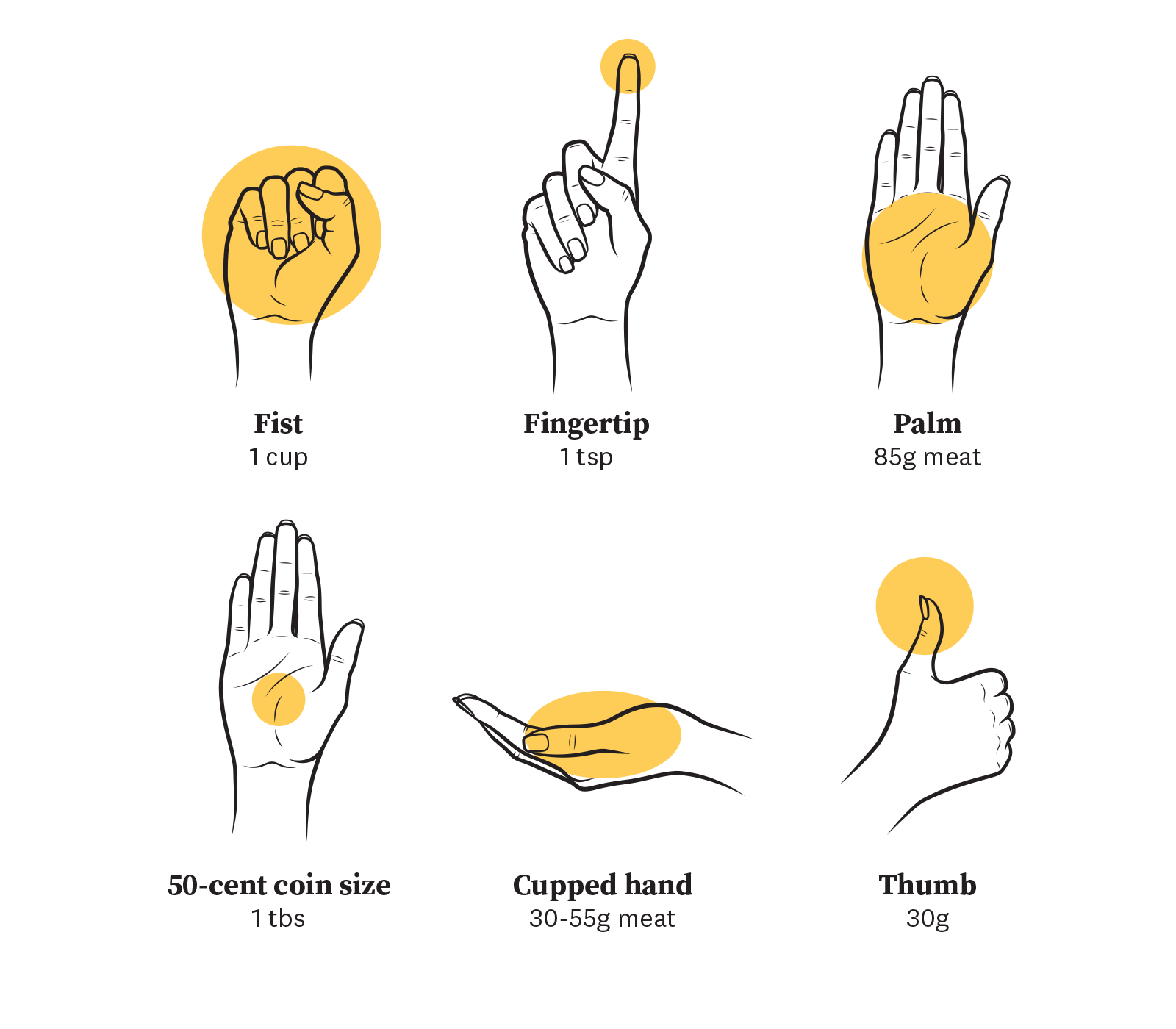The benefits of food tracking for weight loss


The importance of tracking
Picture this: It’s January 1st and Sally, a WeightWatchers member, resolves to track what she eats exactly, down to every last bite. She successfully does this the next few days, tracking every item. But, at a Saturday dinner with friends, there’s a complicated menu with intricate dishes. She thinks, “There’s no way I can track this perfectly, so why bother?” The next day she’s bummed she misses her streak and continues to not track.
Many WeightWatchers® members recognise that tracking food is a key component to helping people lose weight, make healthier food choices and maintain weight loss. What some may not realise, though, is that tracking is not about keeping score. Tracking is effective because it increases your awareness of what you’re eating and any changes you want to make.
You don’t have to track ZeroPoint foods on WeightWatchers, but it is important to track foods that have a Points value, when you eat and enjoy them.
"FACT: Tracking food has been shown to improve weight loss and help people make healthier food choices, maintain weight and prevent weight gain."
How to track foods that have Points
- Step 1. Type a food into the My Day search bar on the app, e.g. 'chicken thigh'. Or use our barcode scanner.
- Step 2. Hit 'search' and select your item, serving size and mealtime.
- Step 3. Click 'Track Food' - done!
Expert tips for food tracking success
![]()
- Be honest. Don’t worry, no one else is going to see it, so keep it real!
- Be accurate. As often as possible. Measure and weigh the foods that have a Points value when you can, or use some visual techniques, listed below, to help you estimate portions.
- Be kind. Tracking isn't about being perfect. It’s about doing the best you can. Miss a day? No worries: focus on small, simple things (like planning your next meal) and that’ll help you get back on track.
- Over budget? Track anyway. Even if you have a high Points day or your weeklies dip into the negative, track anyway. It will give you an idea of what you might want to change for next time (or keep the same!).
- Look for patterns in what you’ve tracked over time to learn what you want to keep doing - and what you want to change.
- Take your best guess! If you can’t find the exact food you’re eating on the app, or aren’t sure of the exact measurement, track the closest thing you can find.
- Find a similar item. Instead of stressing to find every ingredient in your restaurant dish, find a similar item in the restaurant database and track it.
- Use the barcode scanner. Scan the barcode of almost any packaged food and it’ll automatically calculate the Points values for you.
- Take a photo. Don’t have time to track? Take a picture of your meal and track it later. It’ll help you remember exactly what you ate.
- Pre-track your meal. Planning ahead will help you know how many Points you have to spend and what you want to spend them on.
How to estimate portions
Because you can’t drag measuring cups or a kitchen scale with you everywhere, here’s a handy way to estimate portions:
- Fist = 1 cup
- Palm = 1 serve of meat, fish, or poultry
- 2 cupped hands = 1 serve of raw leafy vegetables
- Thumb tip = 1 tablespoon
- Fingertip = 1 teaspoon

"FACT: Spending just ~15-20 minutes each day tracking food resulted in a 10% loss of body weight during a 6-month online behavioural weight control program"
ZeroPoint foods and tracking
One of the benefits of the ZeroPoint foods list is that people can lose and maintain weight without weighing, measuring, or tracking them. Some members may find that not tracking ZeroPoint foods helps them stay committed to tracking foods with Points values. We also get that some members truly prefer to track ZeroPoint foods as well. If you find this is sustainable, there is no reason to stop. Again, the idea is to find a tracking approach that is liveable for you.
![]()
What are Blue Dots in the app experience?
Blue Dots help you track your food consistently, which can help you lose weight and acknowledge that the way you eat can change day-to-day. Sometimes you might be a little over your dailies, sometimes a little under–and either way, you’re doing great! Members earn a Blue Dot in the My Progress tab each day they’ve tracked within their budget.
You don’t have to strive to get blue dots, unless you want to. There are no “required” number of days to earn a blue dot - and you should eat or not eat just to earn a blue dot. It's simply another tool in your app that brings awareness of your developing eating patterns that you can reflect on - awareness is a powerful behaviour change tool!
How often or how much should I track?
There is no magic amount of food, length of time, or frequency in which members should track. Therefore, we don’t provide specific guidelines, the important thing is that you track in a way that is doable for you so that you can track more consistently.
Need help downloading the app or have questions about tracking? Our WeightWatchers Coaches are here to help. Or, ask questions you have using the 24/7 chat in the app.
